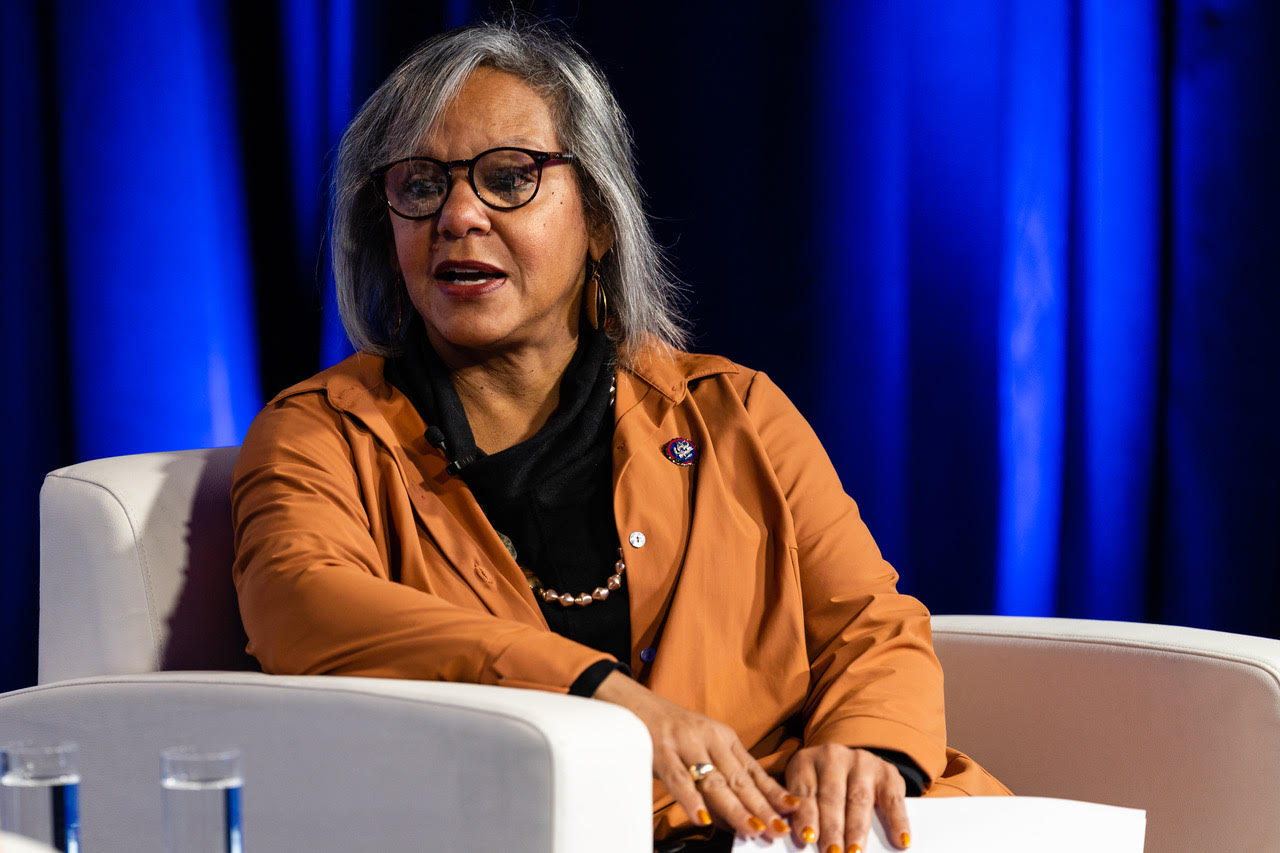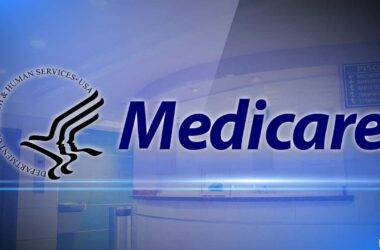Washington, DC—(ENEWSPF)—June 10, 2014.
Thank you, Joyce, for that kind introduction. And thank you to the University of Alabama-Birmingham School of Public Health and the Jefferson County Department of Public Health for partnering with the United States Attorney’s Office for the Northern District of Alabama to host today’s community awareness summit. It is an honor to be here with such a dedicated and diverse group of professionals, community leaders, and concerned citizens.
While I am pleased to be here, the issue that brings us together, prescription drug and heroin abuse, is not a happy one. Unfortunately, the need to address these problems has become critical. But the way we begin to deal with it is to come together as a community to better understand the symptoms and the underlying causes of the problem. With the community, family, and friends, aware and engaged, we get that much closer to practical and sustainable solutions.
As the Attorney General recently observed, heroin and opiate addiction and abuse “is impacting the lives of Americans in every state, in every region, and from every background and walk of life.”
You have experienced this crisis, firsthand, here in the Birmingham region, where you have witnessed a more than five-fold increase in heroin overdose deaths between 2008 to 2012. That rate is nothing short of tragic, and cannot be tolerated in our neighborhoods and it cannot be tolerated anywhere in our nation.
Communities like yours across the country are grappling to find solutions. In Cleveland, Ohio, the community came together last fall for a daylong summit, much like this one, hosted by the Cleveland Clinic, the United States Attorney’s Office, and other state and local health care and law enforcement leaders after witnessing a 400% increase in heroin-related deaths.
They generated a plan to address every aspect of the problem, including education and prevention, health care policy, law enforcement and treatment. As part of that plan, the Cuyahoga County Prosecutor’s Office produced a website “letsfaceheroin.com” that looks to increase awareness and understanding of the problem, and offers support and resources to those in need in the community, including young people, parents, community leaders, and current users.
In Vermont, the family of a heroin overdose victim joined with the United States Attorney’s Office to create an award-winning documentary, “The Opiate Effect,” to educate people about the realities and dangers of opiate abuse.
Clearly, part of the solution is prosecution. Here in the federal court in Birmingham, a 20-year sentence was handed down last month to Harold Mims for selling heroin that resulted in an overdose death. There is also the ongoing prosecution of Patropius Foster, who is charged with distributing heroin that resulted in the death of local University of Alabama student Baker Mims.
We just heard from Baker’s parents, Ronnie and Beverly, and Tracy Bynum, whose daughter Madison also died of an overdose. I want to offer you and your families my sympathy and my support, as well as my gratitude and respect. You exhibit such strength and courage to come here today and speak personally about the tragedies you have faced. I know how hard it must be for you to do this, but I also know that you do this so that others might be spared your pain.
While we can prosecute cases such as these two in Alabama – and the hundreds just like them around the country — I want to make it clear that what we face is not just a crime problem, it is also a nationwide public health problem and a community problem. And everywhere people look at this problem they come to the same three conclusions: 1. there is no single answer; 2. we cannot stand by and do nothing; and 3. we cannot arrest and prosecute our way out of it.
This issue demands that we all join together to employ a comprehensive strategy that addresses every aspect, every phase, every cause of this crisis.
The heroin use and overdose epidemic gripping this country has its roots in more than a decade of prescription drug abuse. As the Attorney General recently remarked, the “increase in heroin abuse is a sad but not unpredictable symptom of the significant increase in prescription drug abuse over the past decade.”
Abuse of prescription drugs leads to dependency and that dependency leads to demand for more prescription drugs. That demand, users find, ultimately cannot be satisfied by the harder-to-obtain and more expensive prescription pills. That is where the heroin problems sneak in. The ready availability and lower cost of heroin makes it an easy and cheap alternative with tragic consequences.
Now don’t kid yourselves into thinking that the pills-to-heroin epidemic won’t come to your neighborhood, your family members, your churches. This problem does not begin on the street or in prison; more often than not, it begins at home. Even, in the homes of those closest to us. More than half of all prescription drug abusers first obtained pills from friends or family, often by raiding the family medicine cabinet. And no one should think that the size of their wallet or the size of their house or the extent of their education will protect them against the threat of heroin in their communities.
The demographic of prescription drug abusers has broadened and is hitting all geographic and socio-economic populations. As a result, the growth of this problem is staggering. Let me give you some examples: among women, between 1999 and 2010, there was a 400% increase in the abuse of prescription painkillers.
Among people 25 to 64 years of age, drug overdoses cause more deaths than motor vehicle accidents. Every day, 105 people die as a result of drug overdoses, and nearly 7,000 more are treated in emergency rooms.
In 2012, approximately 6.8 million people reported abusing prescription drugs in the prior month. As a country and as a community, we cannot sustain this path.
Then, there is the issue of where the prescription drug abuse all too often leads. The heroin use and overdose epidemic follows swiftly in the footsteps of the prescription drug abuse problem. In a survey between 2008 and 2010, 81% of first-time heroin users had previously abused prescription painkillers.
The number of heroin users has seen a dramatic increase in the past several years. In 2012, the number of heroin users had doubled from 2007. More than 156,000 people reported using heroin for the first time during 2012. Perhaps most troubling, the age of first-time heroin use is decreasing. Predictably, and tragically, the increased heroin use has led to an increase in the number of heroin overdose deaths.
DEA has reported a disturbing, but unfortunately logical, trend in the heroin marketplace. Mexican drug cartels have significantly expanded their production of heroin and distribution within the United States. And, heroin traffickers are moving into areas with existing prescription drug abuse problems. Like any business, they are finding the demand and meeting it.
Prescription drug abusers who have recently switched to heroin are the most vulnerable potential victims. They are typically inexperienced users, more often younger than the average drug user. They have a lower tolerance for the dangerous effects of heroin and are unfamiliar with drug purity and strength. These problems are exacerbated as the heroin available in our communities has increased in purity and has in many cases been mixed with other drugs or substances, such as fentanyl, that not only dramatically increase the effects of heroin, but also increase the risk of overdose.
So why is the United States Department of Justice involved? Why did I fly in from Washington to talk to you about this? Because we need to sound the alarm. Today, our children and grandchildren, our friends and neighbors, are abusing prescription drugs. But far too often, and unless we act, tomorrow they will be heroin overdose victims.
I am here to elevate this issue to the national platform. We are seeing, across the country, that a comprehensive public health strategy to address the heroin and prescription drug abuse and overdose crisis must include education, prevention, enforcement, and treatment. To be successful, we must enlist the combined efforts of doctors and health care providers, educators, community leaders, law enforcement officials, faith-based groups, state and local public health officials, and the friends and family of drug abusers.
Here in Birmingham, the United States Attorney’s Office has worked with federal, state, and local law enforcement to attack the supply side of the heroin problem, prosecuting more than 50 people in a collaborative and focused effort to target dealers and their sources of supply.
Nationwide, since 2011, DEA has opened more than 4,500 heroin-related investigations. As both a sign of the increasing problem and the efforts to combat the supply of heroin in the United States, the amount of heroin seized along the southwest border increased more than 320% between 2008 and 2013.
But I don’t want anyone to think that what we are talking about is simply a problem of drugs crossing our borders, or another country’s bad actors harming us. This is an American problem, through and through. Make no mistake, the practitioners who illegally dispense prescriptions, those who operate pill mills for prescription painkillers and the pharmacists who fill those prescriptions knowing their true purpose, are drug dealers no different from street-level heroin dealers.
They may look different than the Hollywood image of a drug dealer. They may even be our friends and our neighbors. But they contribute to the problem just as much as the person selling $10 bags of powder. Which is why, in addressing these issues, we must confront the problems of prescription drug diversion if we ever hope to reduce the number of future heroin users.
We confront this problem initially with education and supply reduction. The Department of Justice, through the DEA, educates doctors, pharmacists, and other health practitioners in the identification and prevention of prescription drug diversion. DEA’s Office of Diversion Control has conducted dozens of Pharmacy Diversion Awareness Conferences and one is coming to Alabama next year.
DEA also has worked to address the problem of prescription drug availability in the home. DEA periodically conducts Nationwide Prescription Drug Takeback Days. More than 780,000 pounds of prescription drugs were destroyed this year, and over 4.1 million pounds of prescription drugs have been destroyed since 2010. Every prescription painkiller like this taken out of a medicine cabinet is one less pill that can end up in the hands of a young, first-time drug user.
DEA also uses Tactical Diversion Squads for enforcement, and there is one in Birmingham. Their primary purpose is to investigate, disrupt and dismantle diversion schemes, pill mills, rogue clinics and pharmacies, doctor shoppers, and prescription forgery rings.
But we realize that even with these enforcement efforts, drug abuse and overdoses will continue to occur. That is where you – the parents, friends, educators, and medical professionals – come in. You must be educated on the early warning signs and the key indicators of abuse and you must realize that the most caring thing you can do is intervene. Early detection and intervention has been demonstrated to be one of the most effective ways to reduce long-term substance abuse.
We can also help by taking greater advantage of proven methods of treating overdoses and saving lives in emergency situations. The drug Naloxone can reverse the effects of heroin and opioid overdoses and has been proven to prevent overdose deaths. More than 10,000 overdoses have been reversed using naloxone since 2001.
In Quincy, Massachusetts, where they faced a similar heroin epidemic, after police began carrying naloxone, overdose deaths dropped by 70%. In New York, earlier this year, the state Senate and Assembly voted unanimously to allow wider distribution and use of naloxone.
But we also know that our work must include breaking the cycle of addiction and crime. By treating drug addiction as a disease instead of a crime, we provide better outcomes for the defendant and the community. That is why the Department of Justice is supporting more than 2,600 drug and specialty courts across the country that connect over 120,000 people convicted of drug-related offenses with the services and support they need to break the cycle of drug use and rejoin their communities.
By understanding the medical causes of drug addiction, making treatment available, and recognizing that alternatives to incarceration may be the appropriate answer for many drug users, we are being smart on crime and using all the tools we have to deal with these problems.
Unquestionably, these problems that bring us together today are daunting. They present us with a challenge whose scope and deadly consequences are like nothing we’ve seen before. But we have no choice, we have to deal with these issues head on. And not just with a single, one dimensional approach, but with every tool we’ve got, it’s that important. And that means it’s the responsibility of each and every one of us to do our part. Parents, brothers and sister, aunts, uncles, and grandparents need to step in when they see a family member going down the dangerous path of drug abuse. Teachers and coaches need to sit down with a student who’s lost his or her way and counsel them. And all of us, young and old, need to overcome the discomfort of confronting a friend who we see is in trouble. Because without that loving confrontation, the trouble just gets worse and can end up with our losing that friend.
As much as I’d like to, I cannot stop this problem today or tomorrow. But I can commit to you that we at the Department of Justice are dedicated to joining with you in the search for comprehensive solutions. And I truly believe, that with sustained and committed effort by all of us, we will find those solutions; we will stop this crisis; and we will emerge a safer, stronger and healthier community and nation. Thank you.
Source: justice.gov








